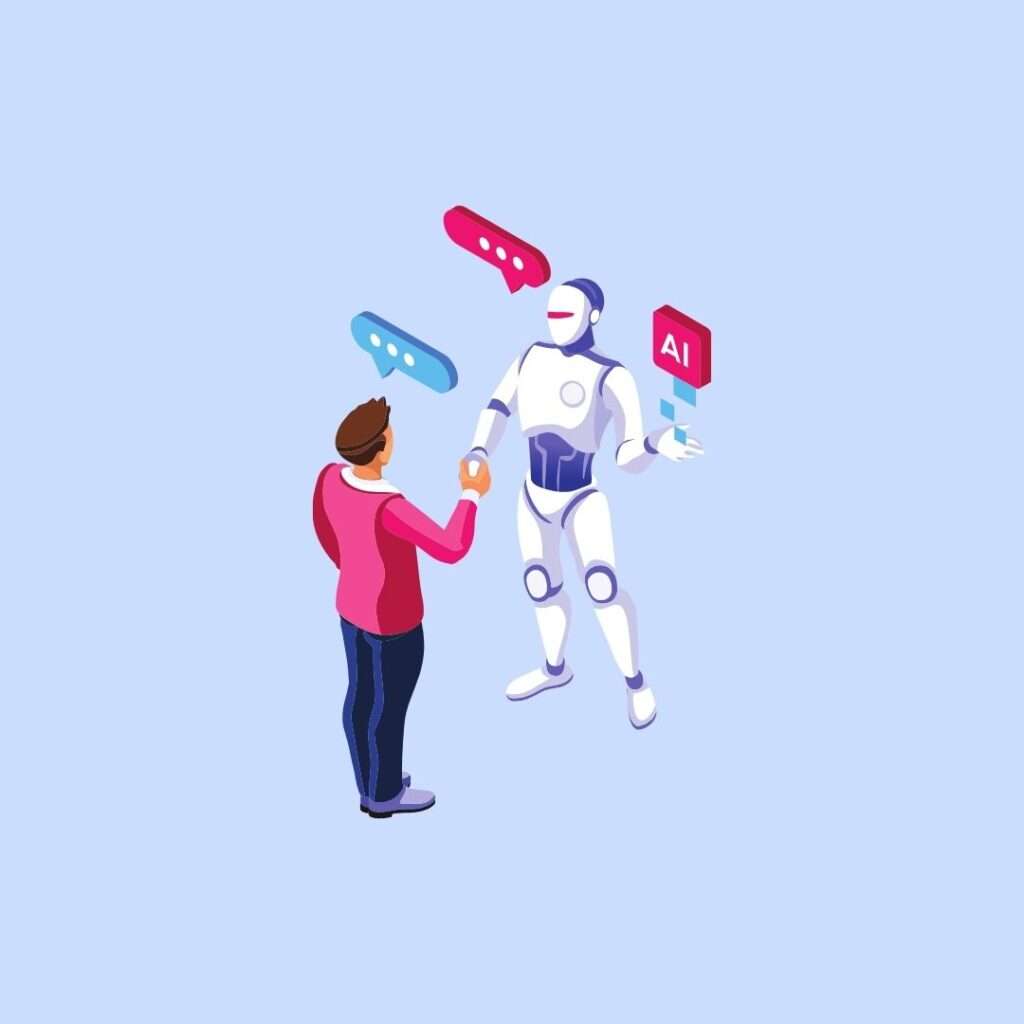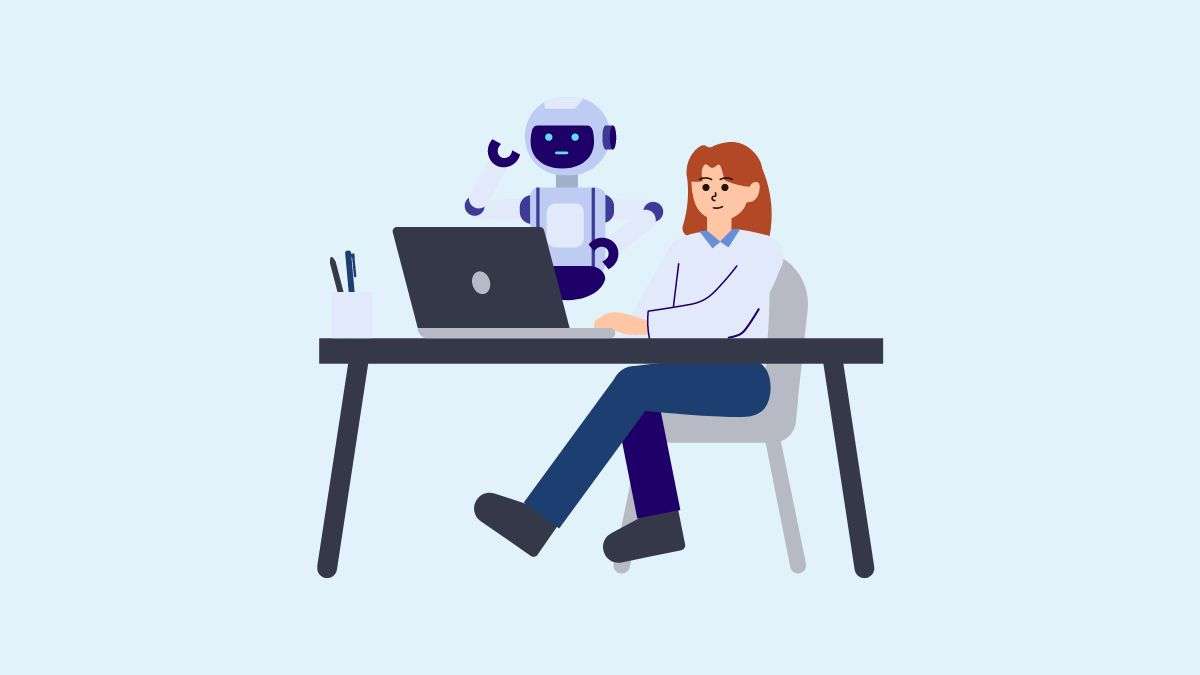Table of Contents
- Introduction
- The Role of Algorithms in Creative Processes
- AI in Creative Writing
- Understanding the Impact of AI on Creativity
- How AI is Revolutionizing Creativity: Exploring the Intersection
- Conclusion
Introduction
The write-up looks into how AI is revolutionizing creativity. Artificial intelligence (AI) is transforming creativity in revolutionary ways. As algorithms become more advanced, they play an increasing role across creative fields like music, visual arts, and literature. This introduction will highlight how AI impacts creativity and set the stage for discussing the exciting changes ahead.
AI refers to computer systems that can perform tasks typically requiring human intelligence, such as visual perception, speech recognition, and decision-making. AI algorithms are becoming adept at creative tasks like generating novel melodies, paintings, and poems. While much AI-generated art today feels disjointed, continued progress could enable AI to produce increasingly sophisticated, evocative, and meaningful creative works.
AI is making inroads across creative industries:
- Music: AI systems can compose instrumental music and songs with lyrics and adapt music to video
- Visual arts: Algorithms can create original images, photos, and paintings in different styles
- Literature: AI can generate fiction stories, poems, screenplays, and more based on text prompts
AI looks poised to transform how creativity is approached across many artistic disciplines as these technologies advance.
While concerns exist about the implications of AI on creative fields, the technology has revolutionary potential. Upcoming sections will explore questions like:
- How are algorithms already enhancing creative processes?
- What are the ethical implications regarding authenticity and ownership?
- How can AI augment human creativity rather than replace it?
Examining these issues will provide an important perspective on how AI fundamentally changes the creative landscape.
The Role of Algorithms in Creative Processes
Algorithms play an increasingly important role in many creative endeavors today. In fields like music, visual art, and literature, algorithms generate novel ideas, enhance creative workflows, and even produce complete works of art.
Algorithmic Composition in Music
One of the most active areas of algorithmic creativity is procedural music composition. Sophisticated algorithms can now compose original musical scores in various genres and styles. Systems like Aiva and Amper use artificial intelligence and deep learning to study existing songs and compositions. They then apply their knowledge to generate completely new melodies, harmonies, and arrangements.
These AI systems allow composers to sketch out musical ideas or entire compositions quickly. The AI handles much of the repetitive, mechanical work, allowing composers to focus on the more creative, subjective aspects of writing music.
Generative Art
In the visual arts, generative algorithms are used to autonomously create original images, animations, and other digital artworks. Systems like RunwayML and Artbreeder allow artists to “breed” new images that mix and match visual features through artificial evolution.
Generative art algorithms pull inspiration from sources like existing image datasets and the artist’s unique selection pressures to produce one-of-a-kind pieces. This allows digital artists to leverage computation to expand their creative possibilities.
Inspirational Algorithms
While fully autonomous algorithmic art creation receives much attention, AI can also be assistive in creative workflows. Algorithms provide suggestions, fresh ideas, and new perspectives that can spur human creators’ imaginations.
For example, literary authors can input a snippet of their writing into a system like Sudowrite to get AI-generated recommendations on extending or developing a storyline or character. The algorithm provides inspirational “what-ifs” rather than definitive directions.
By interweaving algorithmic creativity with human ingenuity, we open up new frontiers of imaginative possibility.
AI in Creative Writing
AI has been embraced in various capacities in creative writing to serve different roles, from conceptual creativity to producing full-text narratives. The impact of AI on literary creativity can be grouped into several broad categories, which extend from generative writing to supportive assistive functions.
Generative Writing
Generative writing technologies apply algorithms to produce poetry, stories, dialogues, and even complete screenplays. These models, like GPT-3 and its successors, have been trained on vast text corpora, enabling them to mimic various writing styles and genres. When provided with a prompt or a set of parameters, these models can autonomously generate coherent and contextually relevant text that can serve as inspiration for human writers or as draft content that can be refined and edited.
Collaborative Writing
Another aspect of AI in creative writing is its use for collaborative projects. Writers might use AI as a co-author to overcome writer’s block, generate ideas, or explore narrative directions they might not have considered. This partnership can result in a hybrid creation that blends human creativity with the vast data-driven capabilities of AI, potentially leading to innovative storytelling methods.
Enhancement of Creative Processes
Beyond generating text, AI can play a critical role in enhancing writers’ creative processes. It can provide suggestions for plot development, character arcs, and semantic enhancements, all of which can serve as catalysts for further creative exploration by the writer. Grammarly and Hemingway leverage AI to suggest stylistic improvements, correct grammatical errors, and ensure clarity. Doing so helps streamline the editing phase, allowing writers to focus more on the creative aspects.
Personalization and Interactivity
Interactive storytelling, such as that encountered in video games and interactive narratives, is an area where AI can significantly influence creative writing. AI can dynamically alter storylines in real time based on user interactions, leading to a more personalized and engaging experience. This adaptive storytelling opens new pathways for creativity in narrative construction and the possibility for a more immersive reader or player experience.
Understanding the Impact of AI on Creativity
Ethical and philosophical questions are raised as AI systems become more advanced and integrated into creative fields. What does it mean for a machine to “create” art or music? Should AI-generated works be viewed and judged the same as human-created art? There are valid concerns that relying too heavily on AI tools could lead to dehumanization or loss of authenticity in the creative process.
Ethical Implications
Using AI to generate creative works prompts discussions around authorship and intellectual property. If an AI system is trained on vast existing artwork or writing datasets, to what extent is the output truly original? Should AI systems be credited as creators? These issues can challenge our fundamental assumptions about creativity.
Preserving Humanity in Creative Works
Some critics argue that AI-generated art lacks emotion and humanity. While AI tools can mimic styles and techniques, they may struggle to infuse works with a unique human perspective. Prioritizing efficiency and scale over meaning and connection could negatively impact creative fields. However, when used thoughtfully as a collaborative tool, AI has the potential to augment human creativity rather than replace it.
Democratizing Creativity with AI
Advocates of AI creativity highlight its potential to make art and creative expression more accessible. User-friendly AI tools allow those without extensive training to generate original music, images, stories, and more. This expands creative opportunities beyond traditional barriers like financial resources, geography, and innate skills. It provides new platforms for people to channel their imagination. However, concerns about copyright, fair compensation, and artistic integrity remain.
As AI capabilities grow, balancing ethical risks with creative opportunities will be an ongoing challenge. By considering diverse viewpoints and keeping human creators involved in shaping the future of technology, AI can open new creative possibilities without losing the humanity at the heart of art.
How AI is Revolutionizing Creativity: Exploring the Intersection
Some promising examples exist of AI systems and human creators collaborating to produce innovative works of art. Projects like Google’s Magenta have developed AI tools like MelodyRNN, which can generate novel melodies by learning from a dataset of human-composed music. Human musicians can then take these AI-generated melodies as inspiration to compose complete songs. Albums like Hello World by SKYGGE have even featured human-AI collaborative compositions.

Rather than fully automating creative jobs, AI has the exciting potential to enhance human creativity. Algorithms can bring unexpected connections that spark new ideas or help creators break through creative blocks. For example, IBM’s Chef Watson can suggest novel ingredient combinations that human chefs might not have considered. AI art tools like DeepDream give artists unique visual effects to incorporate into their work. As it advances, AI may become an increasingly valuable collaborative partner for human creators.
The rise of AI art does raise philosophical questions about the definition of creativity. Can an algorithm truly be considered creative with no subjective experience? While AI can produce novel outputs, it lacks human context and intent that give art meaning. The best solution may be AI and humans, each playing to their strengths—AI for generative power, humans for contextualization and emotion. As AI advances, striking the right balance will maximize creativity.
Conclusion
In summary, we have delved into how AI is revolutionizing creativity. From music and visual arts to literature, algorithms demonstrate an increasing capacity to generate novel ideas, concepts, and works that display originality and imagination. At the same time, important ethical considerations arise regarding authenticity, ownership, and the potential impact on human creativity.
The key insights that have emerged from our discussion include:
- Algorithms can now produce creative output that rivals or complements that of humans in areas like art, music, and writing
- AI systems provide new sources of inspiration and perspective that can enhance human creativity
- Concerns exist about the authenticity and ownership of purely AI-generated art
- AI may make creative pursuits more accessible to the broader public
- The future likely involves meaningful collaboration between AI and humans in creative domains
This is an exciting time to follow developments at the intersection of technology and creativity. Let’s focus on innovations from major technology companies, research institutions, and small startups working in this space. New projects that showcase the creative potential of AI systems are constantly emerging. Stay informed about the ethical debates happening concurrently. Most importantly, think about how we can best harness AI to augment human creativity for the benefit of society.
AI matches and surpasses human creative capabilities in certain areas, so we must emphasize ethics and human values. Algorithmic systems ultimately reflect the goals and biases of their creators. We need diverse voices from philosophers, artists, technologists, and ethicists involved in guiding the development of creative AI.
Many outstanding questions exist around copyright, authenticity, and appropriate applications that require extensive debate. There are also opportunities to make creative tools more inclusive and available to underserved communities. Ultimately, we must see AI as an enhancement to the creative spirit, not a replacement. The future of AI and creativity must be co-shaped by humans and machines collaborating according to ethical principles that uplift our
